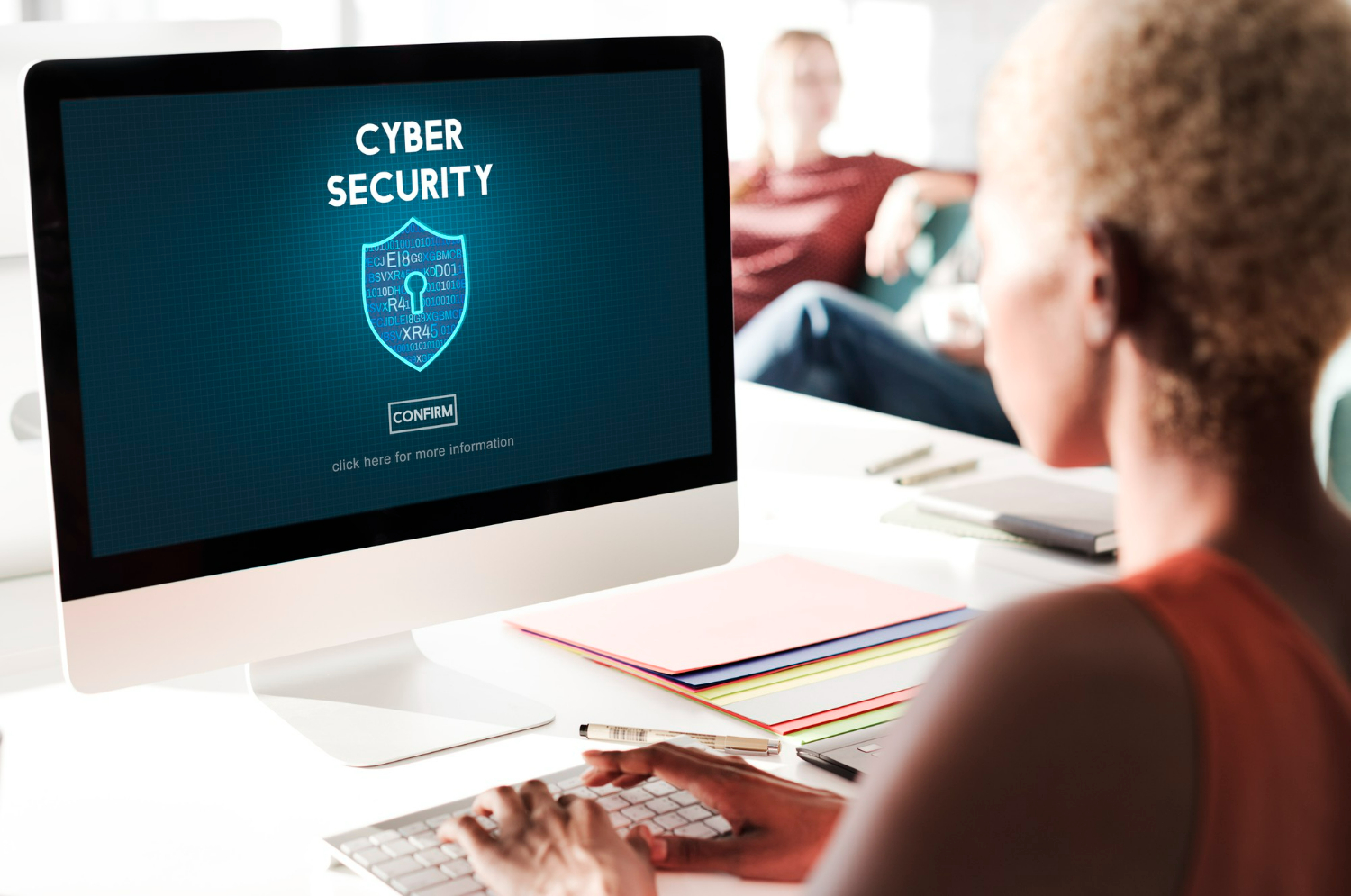smart homes have become increasingly popular. From smart thermostats to voice-controlled assistants, these devices offer convenience and automation. However, with this convenience comes the risk of cybersecurity threats. As more devices become connected to the internet, they also become potential targets for hackers. Securing your smart home is crucial to protect your privacy and prevent unauthorized access to your personal data. In this article, we’ll explore some best practices for cybersecurity in a smart home environment.
Update Firmware and Software Regularly: One of the most basic yet essential steps in securing your smart home is to ensure that all devices are running the latest firmware and software updates. Manufacturers often release updates to patch security vulnerabilities and improve device performance. Set up automatic updates whenever possible to ensure that your devices are always up-to-date.
Use Strong, Unique Passwords: Weak passwords are one of the easiest ways for hackers to gain access to your smart home devices. Avoid using default passwords and opt for strong, unique passwords for each device. Use a combination of letters, numbers, and special characters, and consider using a password manager to securely store and manage your passwords.
Enable Two-Factor Authentication (2FA): Two-factor authentication adds an extra layer of security by requiring a second form of verification, such as a code sent to your phone, in addition to your password. Enable 2FA whenever possible, especially for devices and accounts that contain sensitive information.
Secure Your Wi-Fi Network: Your Wi-Fi network is the gateway to your smart home devices, so it’s crucial to secure it properly. Use a strong password for your Wi-Fi network and consider using WPA3 encryption, which offers enhanced security compared to older encryption protocols like WPA2. Additionally, hide your Wi-Fi network’s SSID (Service Set Identifier) to make it less visible to potential attackers.
Create Guest Networks: If you have guests frequently visiting your home, consider setting up a separate guest network for them to use. This network should be isolated from your main network and have its own password. This way, you can protect your smart home devices and personal data from unauthorized access by guests.
Secure Your Router: Your router is the central hub of your home network, so it’s important to secure it properly. Change the default administrator username and password for your router, as these are often well-known and targeted by attackers. Additionally, regularly check for firmware updates for your router and install them promptly.
Review Privacy Settings: Many smart home devices collect and store data about your usage patterns and habits. Review the privacy settings of your devices and adjust them to limit the data collected, if possible. Be cautious when granting permissions to third-party apps and services that integrate with your smart home devices, and only provide the minimum necessary access.
Secure Physical Access: In addition to securing your smart home devices digitally, it’s important to secure them physically as well. Keep devices such as smart speakers and security cameras out of reach of unauthorized individuals, and consider using physical locks or covers to prevent tampering.
Regularly Monitor Device Activity: Keep an eye on the activity of your smart home devices and be wary of any unusual behavior. This could include unexpected changes in settings, unknown devices connecting to your network, or unexplained data usage. Regularly review device logs and alerts for signs of potential security breaches.
Educate Yourself and Your Family: Finally, education is key to maintaining a secure smart home environment. Stay informed about the latest cybersecurity threats and best practices, and educate your family members about the importance of cybersecurity. Teach them how to recognize and avoid phishing attempts, suspicious links, and other common tactics used by hackers.
In conclusion, securing your smart home requires a proactive approach to cybersecurity. By following these best practices, you can protect your privacy, safeguard your personal data, and minimize the risk of unauthorized access to your smart home devices. Remember, the security of your smart home is only as strong as its weakest link, so take the time to implement these measures and stay vigilant against emerging threats.

